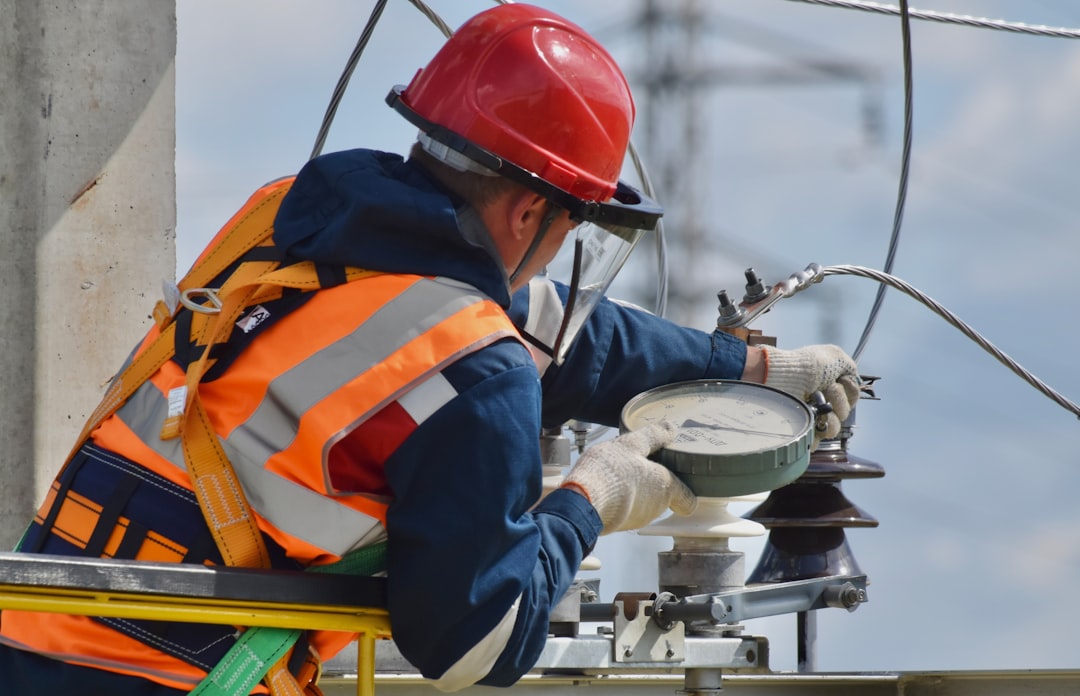What is it about?
Based on Van Allen Probe spacecraft observations, we statistically analyze the occurrence rate of the "enhancement," "loss," and "no change" of the radiation belt electron phase space density (PSD) in response to the geomagnetic storm main phase. analysis that the magnetopause shadowing effect mainly contributed to the observed losses one day after the main phase, while the substorm-injected particles and the seceded acceleration processes likely accounted for the observed increase in the electron PSD three days after the main phase
Featured Image

Photo by Federico Di Dio photography on Unsplash
Why is it important?
The present study provides a new and comprehensive insight into the statistical understanding of the change rates of the electron PSD and the competition between source and loss processes in response to geomagnetic storms.
Perspectives
I write this article to help the radiation belt research community better understand the temporal variation of radiation belt particles and the potential mechanisms, especially for the acceleration and the loss of high-energy electrons in response to interplanetary disturbances and subsequent geomagnetic storms.
zhengyang zou
Macau university of science and technology
Read the Original
This page is a summary of: Statistical analysis of the phase space density changes of radiation belt source, seed, and relativistic electrons in response to geomagnetic storms, Physics of Fluids, March 2024, American Institute of Physics,
DOI: 10.1063/5.0201875.
You can read the full text:
Contributors
The following have contributed to this page










